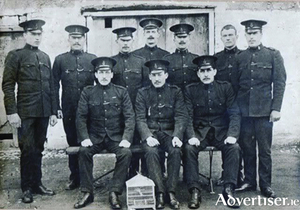Search Results for 'Liam Mellows'
203 results found.
Galway in the weeks leading up to the Rising
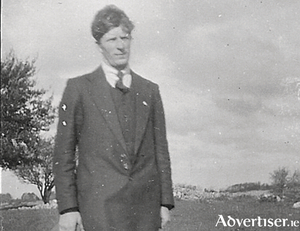
On Tuesday 25 April 1916, Galway became the only county outside of Leinster to take up arms against the British state during the Easter Rising. In fact, only three parts of provincial Ireland participated in the Rising: Enniscorthy in county Wexford; Ashbourne in north county Dublin; and county Galway, where several hundred rebels took over 600 square miles of the east of the county between Tuesday 25 April and Saturday 29 April. Commemorative documentaries and history books pay little attention to the Galway Rising with the focus tending to be on the more dramatic events that took place in Dublin, but Galway’s Rising was an important part of the story of the Easter Rising; and the story of the hundreds of brave Galway men who stood up to the British Empire in April 1916 deserves to be told in detail. In this series of five articles, FERGUS CAMPBELL will explain why Galway rose when so many other parts of provincial Ireland did not, and he will also tell the story of what happened in Galway during the Rising, and the impact that the Rising had on Galway society. This account is based on many documents, police reports, newspaper accounts and memoirs but most of the quotations are derived from the witness statements that Galway rebels made to the Bureau of Military History during the 1940s and 1950s, and these can be read online.
St Patrick’s Day parade in Galway, 1916
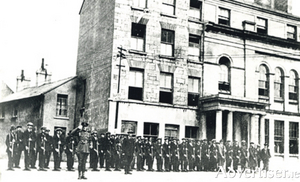
This parade started from the Square in the following order: Eyre Square North – Industrial School Band; Galway Urban District Council; Galway Board of Guardians; Students of UCG; AOH. Eyre Square East – The Monastery School Fife and Drum Band; UIL; Town Tenant’s League; Galway Woollen Manufacturing Co; and the Irish National Foresters.
Climate change and the election

For as long as Insider can remember, early January was the time for our one major storm in Galway, but since November we have had nine such storms. Met Éireann has even begun devising names for future storms. It is a sign of the times to come.
Some Galway women in 1916
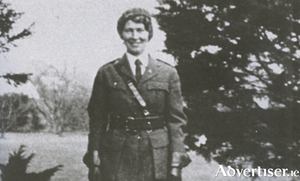
‘The main cause of disloyalty in the county,’ wrote the RIC inspector for Galway East 1916, ‘were the priests and the women of Athenry!’
Dáil Eireann - ‘The only Government that I recognise’
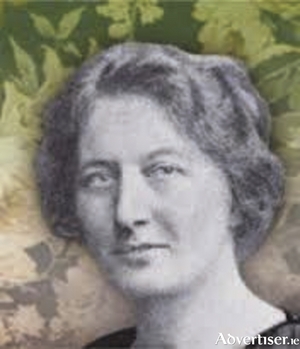
Following the throwing out of the so called Galway Resolution in December 1920, by which some Galway county councilors attempted to reject the authority of the newly elected Dáil, to rescind the process of passing on the rates' revenues to the Dáil (rather than to the British authorities); and to absurdly propose to bring the War of Independence to a close by directly offering to negotiate with the British prime minster David Lloyd George, the council'c vice-chairman, Alice Cashel, was arrested almost immediately.
‘The Galway Resolution’ - An attempted coup by some county councillors
On December 3 1920, at the height of the War of Independence, quite an extraordinary event happened in Galway County Council. It passed a resolution, known as ‘The Galway Resolution’, repudiating the authority of the newly established Dáil; it rescinded the resolution for the collection of rates, (which were collected locally, and passed on to Dáil Éireann, and not to the British authorities), and incredibly, Galway County Council now offered its offices to negotiate peace, directly with the British prime minister, David Lloyd George.
Male rural TDs to rule Galway city?
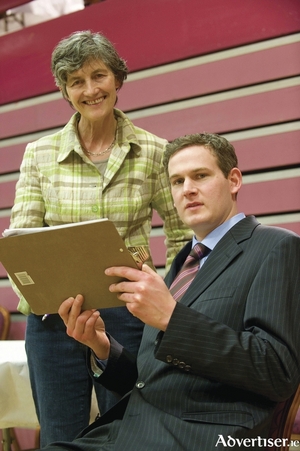
Could it be possible that after the General Election Galway city would have no political representation in the Dail? Yes, it is, and it would appear to Insider that three of the main political parties – Fine Gael, Fianna Fail, and Sinn Féin – intend it to be that way.
Soldiers of 1916 - ‘generally understood in the masculine sense’
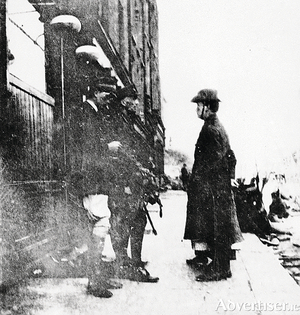
Despite the crucial role many women played in the 1916 Rising, very few were given the credit they deserved. In fact some were refused a pension for many years because they were not ‘men’. In at least one case, the valiant role played by Nurse Elizabeth O’Farrell was simply airbrushed out of history.
Galway to mark 1916 Rising with 'extensive programme' of events
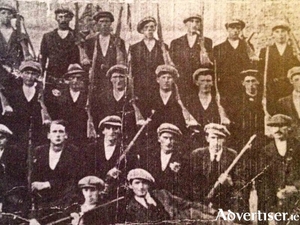
Galway was, along with Tyrone, Louth, and Wexford, one of the few counties to actually take part in the 1916 Rising, and outside of Dublin, County Galway saw the most significant level of activity.
